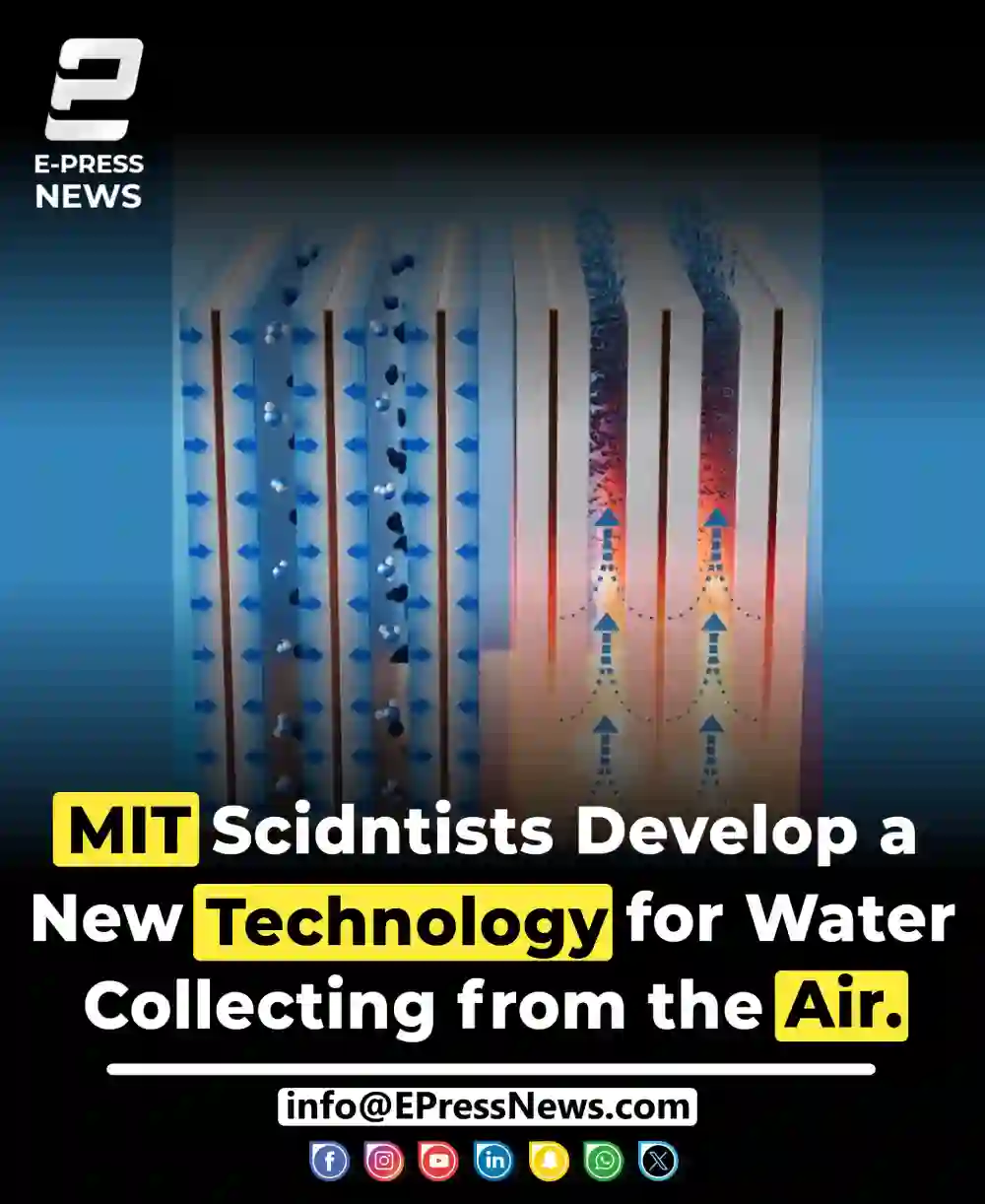MIT Researchers Develop High-Performance Water Harvester

Cambridge: Scientists have developed a device that can extract drinking water from the air using a fin-like system.
Water Harvester
This technology can help meet the increasing global demand for clean water by extracting trillions of liters of water from the Earth’s atmosphere.
A team of researchers from the Massachusetts Institute of Technology (MIT), the University of Tennessee, and the Georgia Institute of Technology has created an affordable and compact system that uses a sorption-based atmospheric water harvesting (SAWH) method, where water is collected on water-absorbing fins.
Detailing the technology, the researchers stated that nearly two-thirds of the world’s population suffers from water scarcity, and it is estimated that by 2030, approximately 40% of the global annual water demand will not be met, leading to further issues for public health, agriculture, and agricultural applications.
The researchers mentioned that there are 13,000 trillion liters of fresh water in the Earth’s atmosphere that can be collected without relying on current liquid water supplies.
Sorption-based atmospheric water harvesting has the ability to collect drinking water in extremely dry environments, whereas traditional atmospheric water harvesting methods are not viable solutions.
Once the water in the local tobas disappear, the local community (mostly nomads), have to migrate in search of water for themselves and for their livestock as their total livelihood depends on livestock. For example, in Cholistan desert there are 0.1 million human population whereas animal heads are around 2.0 million. Similarly, in Thar desert, the human population is 1.5 million whereas their animal heads are about 6.0 million.
They also migrate if the rangelands are overgrazed in search of fodder for their livestock. During migration, the infants they suffer a lot mainly due to less immunity and malnutrition and number of casualties take place. Therefore, there is need to develop water resources rainwater ponds) close to their hamlets and also develop rangelands for their livestock.
